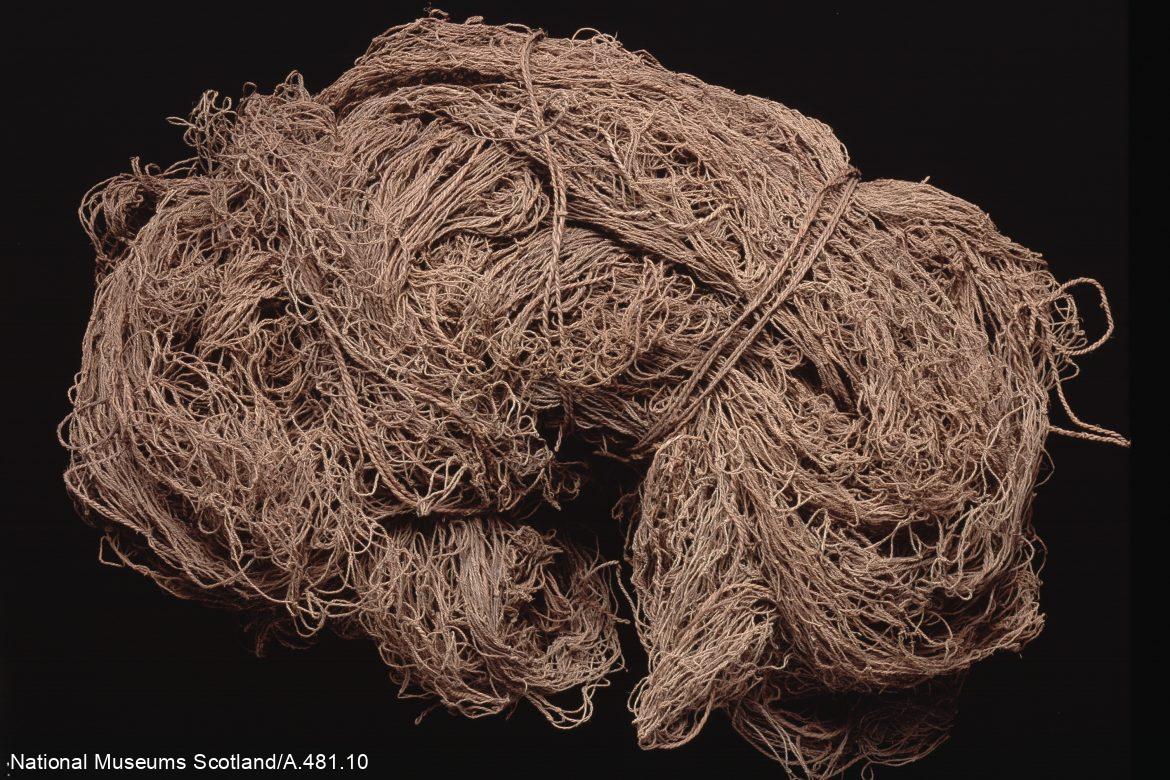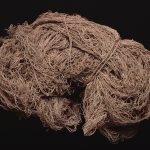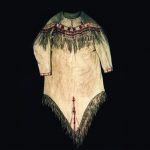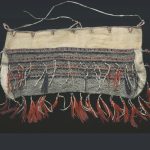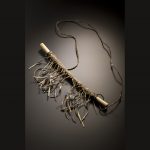1850s
Life in Denendeh
Denendeh is the name for the traditional lands of the Dene people in the Northwest Territories. Geographical areas have defined the traditional lands of people who are part of the Dene Nation.
The Denesoline occupied the most extensive region from the Coronation Gulf in the North to the Hudson Bay in the East.
T’atsoat’ine were a smaller group centred northeast of Great Bear Lake, known as the Copper Indians, likely because they traded with Inuit along the Arctic Coast.
The Tłı̨chǫ lived between the Great Slave Lake and the Great Bear River, hunting caribou and fishing the many lakes and rivers.
Deh Gah Got’ine lived in the area south of the Great Slave Lake and along the entrance to the Dehcho (which became known as the Mackenzie River after Franklin used this name following his 1826 journey on the river); Dah Gah Got’ine lands also bordered the Liard River in the south and the mountains west of the Dehcho Valley.
The K’ashot’ine lived west and northwest of the Great Bear Lake, hunting caribou, moose and large Arctic Hare.
Shihta Got’ine, also spelled Shúhtagot’ine, lived between the Dehcho (Mackenzie River) and the Rocky Mountains. They are respected for their great medicine powers and their invention of the moose skin boat that worked more effectively in the rough and tumble mountain rivers than the lighter birch bark canoes.
The Dinjii Zhuh are the most northern Dene nation and live between the Richardson Mountains and the Beaufort Delta. They share tattoo traditions with the Inuit and the invention and use of the moose skin boat with the Shihta Got’ine.
Bernard Rogan Ross was a chief trader for the Hudson’s Bay Company (HBC) in the Mackenzie River District from 1858 to 1862. He collected Dene items from up and down the Dehcho and sent them back to Scotland. Dè T’a Hoti Ts’eeda: ‘We Live Securely by the Land’ was an international exhibition presenting selected items from the National Museums of Scotland (NMS)’s Dene collection. It is the oldest and most extensive collection of 19th century Dene artifacts globally. The objects show the technology and skills used at the time to make clothes, bags, baskets, and tools. They offer a glimpse into Dene life at a time of significant change for the traders who collected the objects. Many of these same objects are still being made by people in the NWT today.
